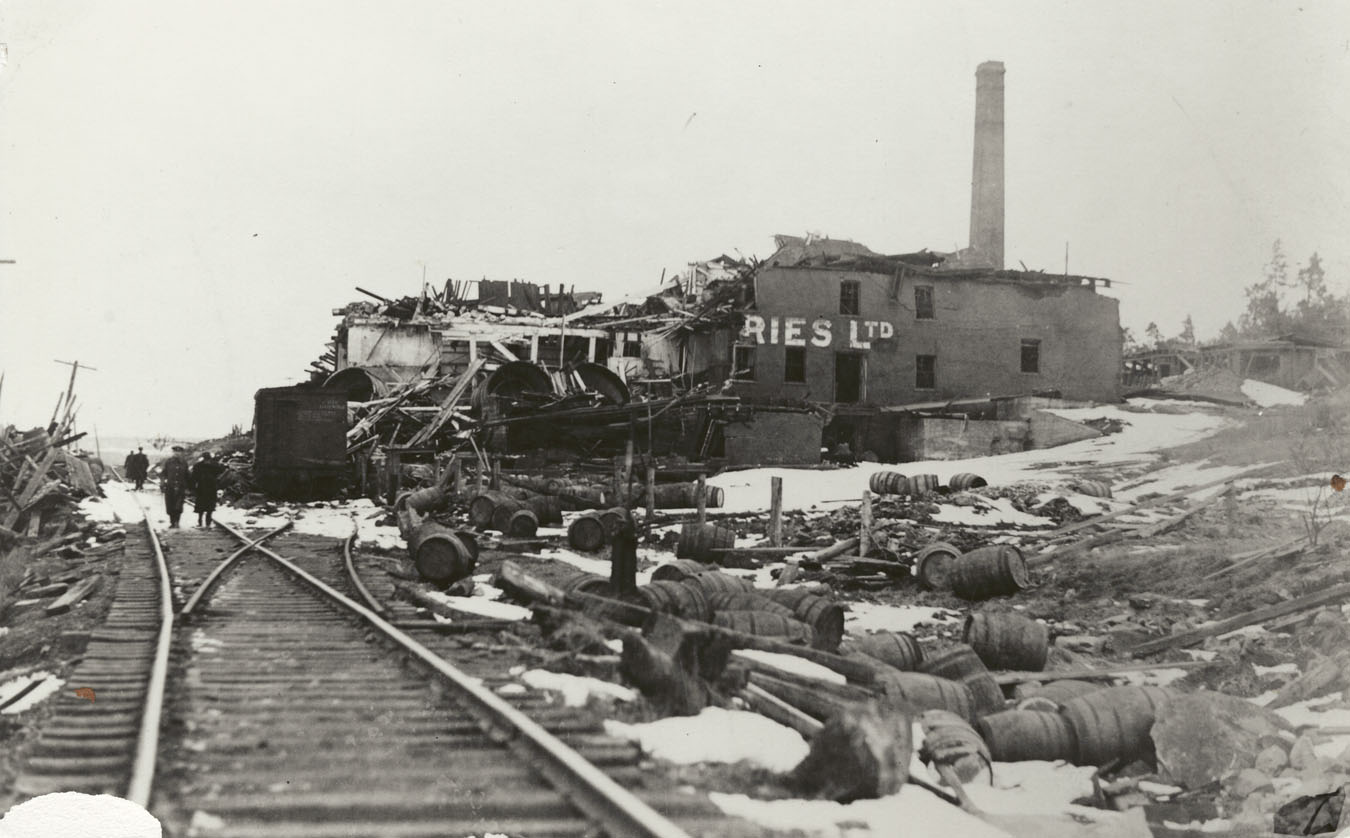I think Keith's assessment above is pretty much on the money. Even though I grew up there, I don't recall much along the line of major industrial buildings in Dartmouth, as most of it was long gone by the time I came onto the scene. However, to be honest, as a kid I didn't pay much attention to industrial buildings and such.
Regarding Starr Manufacturing, I recall that the actual old wooden structure had become quite run down, even though it was still a functioning business until 1996, according the web page linked below (also source of images). The web page says it was torn down in the year 2000, but I recall vaguely in the news that there was a bit of an between a developer who wanted to build on the land and a group that wanted it preserved as an important part of Dartmouth's history. IIRC, a mysterious fire put an end to the struggle.

 Source
Source
A positive of the Starr situation was the ability to unearth the workings of the Dartmouth Marine Railway from the Shubenacadie Canal system and turning it into a public space, which IMHO, is a nice consolation.
https://www.shubenacadiecanal.ca/sta...marine-railway
Regarding the brewery destroyed in the Halifax Explosion (photo below), apparently after the explosion one part of the family opened Oland's Brewery in Halifax, and the other part moved to Saint John, NB, to open Moosehead Brewery.
 Source
Source



